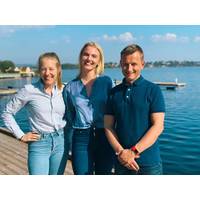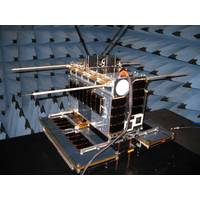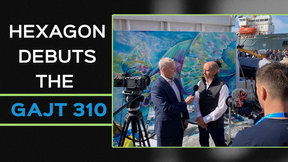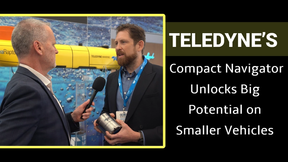
Robotics: The Next Gen in Subsea Vehicles
which acts a little like an in-air refuelling of fighter jets. “This means there’s minimal impact from waves because the docking is at a controlled depth,” says Lima, who has an MSc in Subsea Engineering from University of Aberdeen and a MSc in Innovation and Entrepreneurship from University of Oslo. There’s also a through moon pool-based handling system for recovering the AUV on deck, safely.The system will support subsea survey in shallow waters as well as in deep and ultra-deep waters, operating a wide variety of payloads ranging from more conventional types such as side-scan

Veracity by DNV GL Partners with Arctic Whale Project
Whale team will also utilize more traditional research methods such as micro plastic trawling and mapping of macro pollutants, plus conduct hydrophone recordings to better understand the biology of the species.The research will be conducted in cooperation with the University of Iceland and the University of Oslo.“We believe in the power of sharing to solve the problem that is about to strangle our ocean. We are grateful that we can share research findings and other documentation on Veracity’s open platform,” says co-founder of Arctic Whale and captain onboard the Barba vessel, marine

Microsatellites Launched for Maritime Monitoring, Comms and Science
System (AIS) receiver to acquire messages from maritime vessels, a set of Langmuir probes to study space plasma characteristics, and a Compact Lightweight Absolute Radiometer (CLARA) to measure total solar irradiation and variations over time. The payloads were provided by Kongsberg Seatex, the University of Oslo and the Physikalisch-Meterologisches Observatorium Davos World Radiation Center. The satellite is approximately 15 kilograms with main body dimensions of 20x30x40cm. NORsat-1 utilizes SFL’s Next-generation Earth Monitoring and Observation (NEMO) platform, and will serve


 February 2025
February 2025





